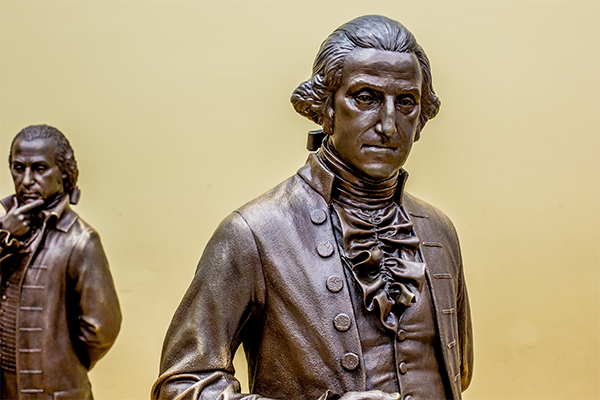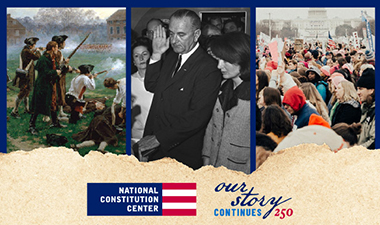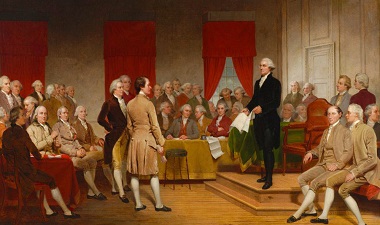At the National Constitution Center, we value civil dialogue, which empowers students to speak about constitutional and historical topics in ways that remain civil, respectful, and reflective. As you prepare to discuss these topics in your classroom, we encourage you to establish norms such as:
- Stay calm
- Listen patiently
- Listen actively
- Don’t speak twice until everybody has spoken once
You can find more support for establishing norms and civil dialogue practices in our Civil Dialogue Toolkit.
There’s been renewed talk in Washington, D.C., about suspending habeas corpus, the constitutional right that protects people from being detained without justification. On May 9, 2025, White House Deputy Chief of Staff Stephen Miller suggested the Trump administration is considering suspending this right in the context of immigration enforcement, arguing the Constitution allows it in times of invasion.
Media Asset
In this Constitution Daily blog post, we explore the origins of habeas corpus and look at four times in U.S. history it was suspended: during the Civil War, Reconstruction, in the Philippines under U.S. control, and in Hawaii during World War II. Each case raised constitutional questions about who has the power to suspend the writ and under what circumstances it’s allowed.
Discussion Questions for Students
- In your own words, explain the constitutional significance of the writ of habeas corpus. Consider why the writ was included in the Constitution, precedent from before the Constitution, and how it might be applied today.
- How does President Abraham Lincoln’s suspension of the writ of habeas corpus during the Civil War highlight checks and balances between the branches of the federal government?
- What might the suspension of the writ of habeas corpus in Hawaii during World War II suggest about constitutional powers during war time?
- How does learning about the historical context of the suspension of the writ of habeas corpus inform your understanding of the current conversation about it?
Select an Optional Student Activity for Deeper Exploration
- Write a letter to one of the presidents highlighted in the blog post either defending or opposing the suspension of habeas corpus. Use historical context to support your argument.
- Create a flash card for Article I, Section 9 of the Constitution. Provide what it says and create a historical illustration to match.
- Write a Hamilton-style rap or poem from the perspective of someone denied habeas corpus mentioned in the blog post.
- Design a crossword puzzle for your classmates to solve based on one of the historical suspensions of the writ of habeas corpus.
Dig Deeper on This Content With Additional Resources
Historical Foundations Through Primary Sources and Secondary Sources
Looking for primary sources related to habeas corpus? Consider checking out:







